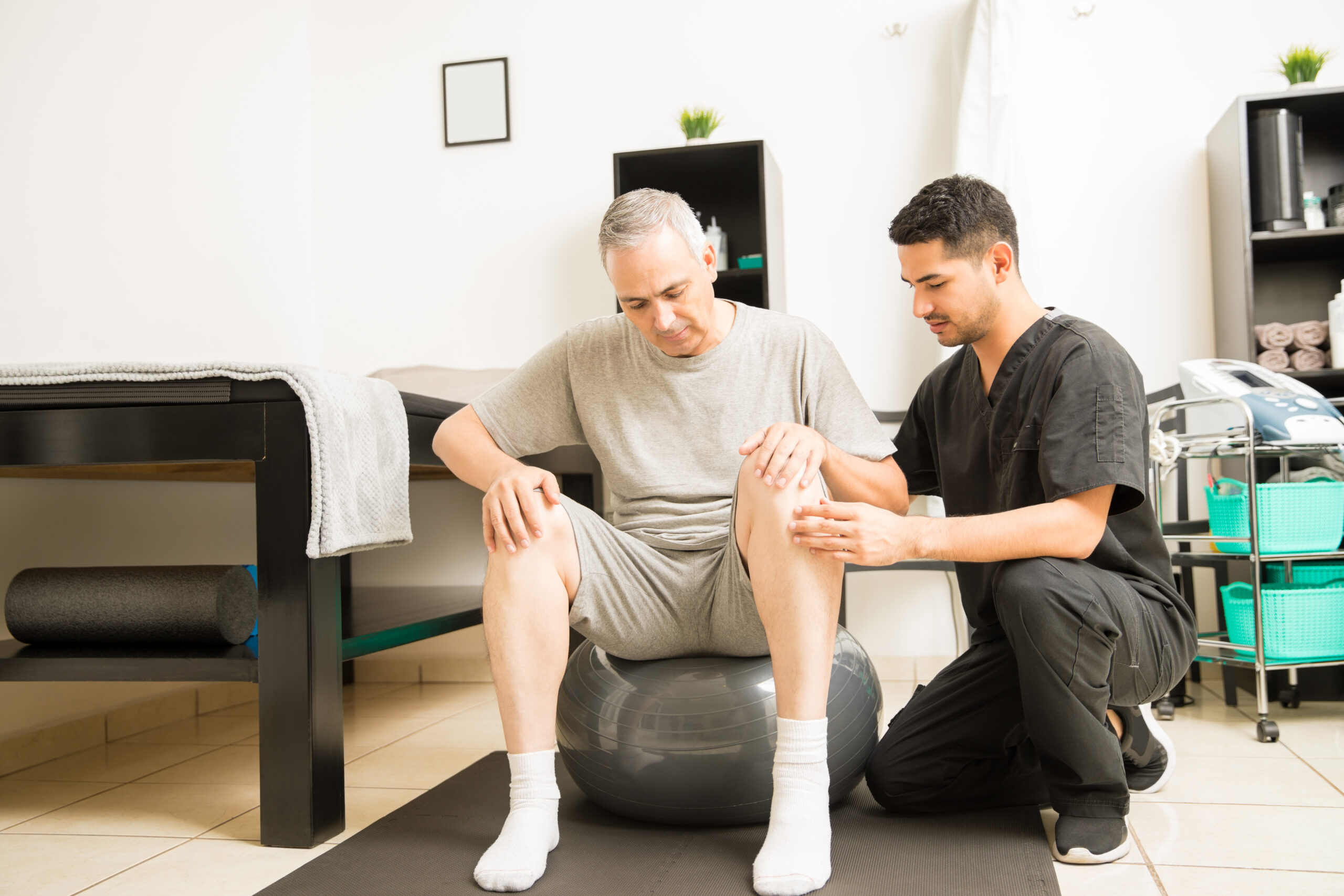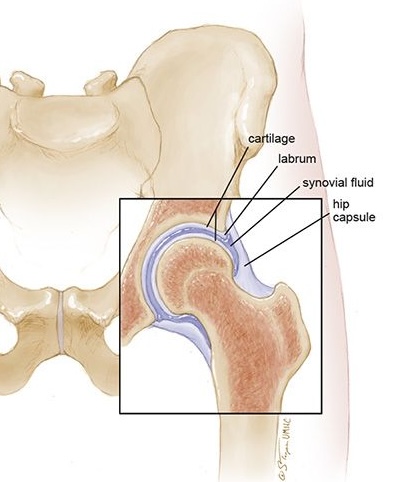
Blog
Common Myths about hip injuries
…..The Hip!
Busting the Myths: The 3 Most Common Misconceptions About Hip Injuries
When it comes to hip injuries, misinformation can lead to unnecessary fear and improper treatment. Let’s debunk some of the most common myths about hip injuries and set the record straight.
Myth 1: “Hip Pain is Always Due to Old Age.”
Reality: While it’s true that aging can contribute to hip issues like osteoarthritis, hip pain isn’t exclusive to the elderly. Athletes, younger adults, and even children can experience hip injuries. Hip labral tears, bursitis, and hip flexor strains can affect people of all ages due to various activities, traumas, and genetic predispositions. If you’re experiencing hip pain, don’t dismiss it as a natural part of aging—seek medical advice to identify the cause and get appropriate treatment.

Myth 2: “Rest is the Best and Only Treatment for Hip Injuries.”
Reality: Rest is essential for initial recovery, but it’s not the only solution. While taking a break from activities that exacerbate the pain is crucial, active rehabilitation plays a vital role in the healing process. Physical therapy, stretching, and strengthening exercises are often necessary to restore mobility, flexibility, and strength in the hip joint. In some cases, medical interventions like medication, injections, or even surgery may be required. A comprehensive treatment plan tailored to the specific injury ensures a more effective recovery.
Myth 3: “If You Can Walk on It, It’s Not Serious.”
Reality: Walking with a hip injury might be possible, but that doesn’t mean the injury isn’t severe. Conditions like stress fractures, hip labral tears, or mild dislocations can allow for some degree of mobility despite being serious issues. Ignoring the pain and continuing to walk on an injured hip can lead to further damage and complicate recovery. Always take hip pain seriously, and consult a healthcare professional for an accurate diagnosis and appropriate treatment plan.
Lifestyle Tips to Keep Healthy Hips
- Stay Active: Regular exercise can strengthen the muscles around your hips, providing better support and stability.
- Warm Up and Stretch: Proper warm-up and stretching routines before physical activity can prevent strains and injuries.
- Healthy Lifestyle: Maintain a healthy weight and diet to reduce stress on your hip joints.
Recognising the symptoms and understanding the treatment options for hip injuries can expedite recovery and minimise downtime. If you suspect a hip injury, it’s essential to seek medical advice promptly to prevent further damage and ensure proper healing. Stay proactive in caring for your hips—they are crucial for your overall mobility and quality of life!

Richard's pricing
| Appointment type | Duration | Price | Principal Practitioner | ||
|---|---|---|---|---|---|
| Initial Consult & Treatment | 60 min | £ 98 | |||
| Standard follow up | 30 min | £ 76 | |||
| Extended follow up | 45 min | £ 86 | |||
| Double follow up | 60 min | £ 98 | |||
| Triple follow up | 90 min | £ 144 | |||


